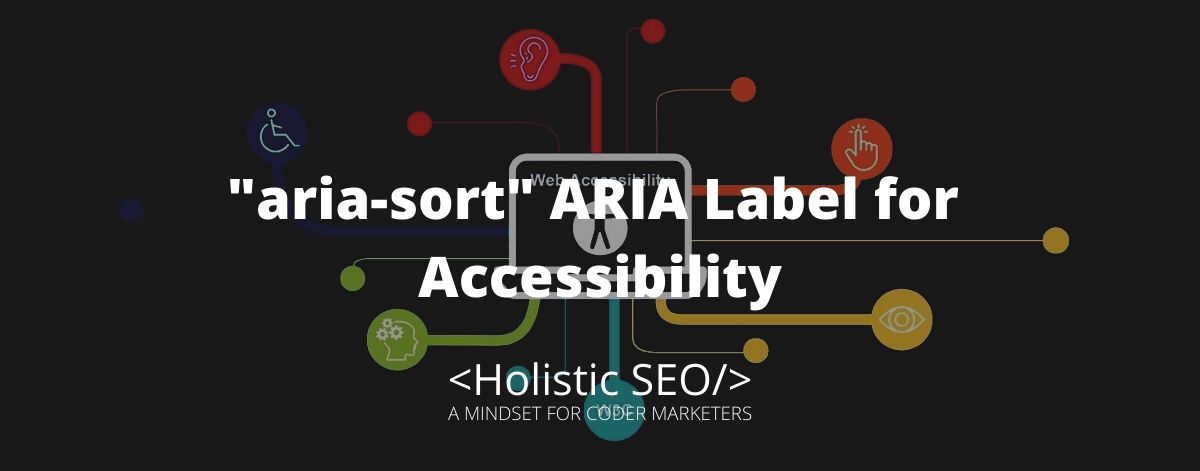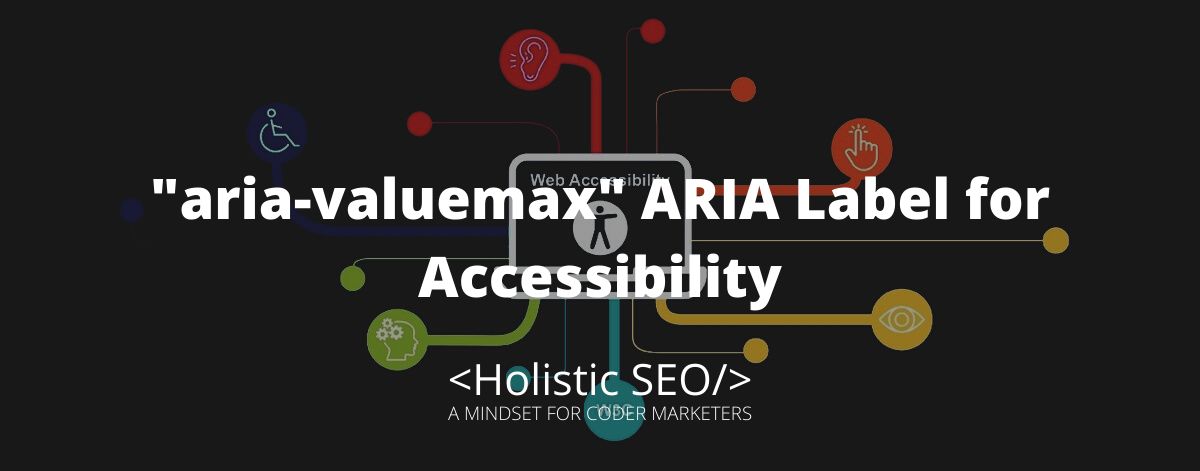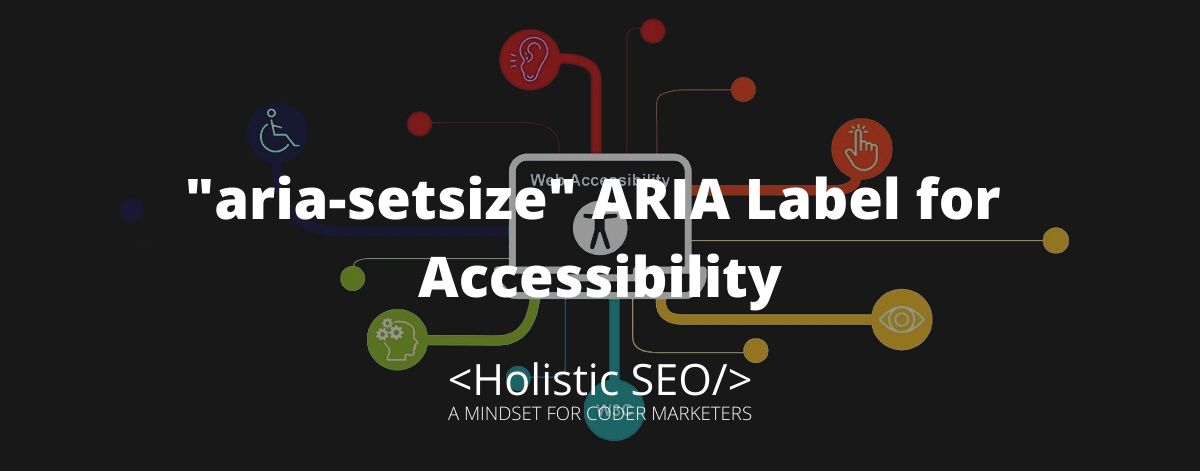The aria-sort is an attribute that is used on tables to arrange the contents in ascending or descending manner. The purpose of the aria-sort is to organize the contents within the table or grid. The function of aria-sort is to sort a column or a row in ascending or descending manner or order, although table elements provide sorting functionality the aria-sort attributes should be set whether ascending or descending order within the perimeter. The developer can use the aria-sort to organize a table or grid in order for the end-user to efficiently predict where to find the content they were looking for. The aria-sort is can be used in elements such as a row, column, table, grid, and treegrid. The aria-sort can be used with the aria-pressed ARIA Label, it triggers the sort functionality set by the aria-sort in displaying ascending or descending columns or rows.
What is the function of the “aria-sort” ARIA Label?
The function of the aria-sort in tables or grids is important for the end-user in order to be able to search contents easily prior to the ascending and descending function it provides. The aria-sort functionality can only be used for one column or row header at a time. The aria-sort can be set to none as default or other for advanced functionalities, a table, or grid provides sorting functionality. The table content will not be in proper order unless toggled by the user, the aria-sort can be set to ascending or descending manner to properly organize as searchable table columns or rows. The aria-sort can have an interface using a button element to trigger the sorting operation, then aria-pressed will be added as the identifier to apply the sort function.
What are the uses of the “aria-sort” ARIA Label?
Listed below are the uses of the “aria-sort” ARIA Label.
- Columnheader role: It contains the header details and information within the table structure, particularly the column.
- Rowheader role: It contains the header details and information within the table structure, particularly the row.
- Row role: Is the cell within the table structure within the row, it may contain more than one cell, and it has a row header that provides the information what the row contents should have.
- Table role: Is an attribute that identifies the element that possesses the role as a non-interactive table structure containing data in rows and columns, the same as the native HTML table element.
- Grid role: Is for a widget that has one or more rows of cells, structured the same as a table. The position of each cell is significant and can be accessed using keyboard strokes.
Example Uses of “aria-sort” ARIA Label
Listed below are the example uses of the “aria-sort” ARIA Label.
The benefit of using aria-sort is to manage or organize content for users and also for developers to provide a more user-focused dynamic accessibility that it may provide.
<table>
<caption>
List of students in the English class
</caption>
<thead>
<tr>
<th>
<button>
First Name
</button>
</th>
<th aria-sort="ascending">
<button>
Last Name
</button>
</th>
<th>
<button>
Major
</button>
</th>
<th>
Building number
</th>
</tr>
</thead>
Welcome to ABC university
</table><table>
<caption>
List of Employees
</caption>
<thead>
<tr>
<th>
<button>
First Name
</button>
</th>
<th aria-sort="ascending">
<button>
Last Name
</button>
</th>
<th>
<button>
Email
</button>
</th>
<th>
Department
</th>
</tr>
</thead>
Welcome to ABC Company
</table> <table>
<caption>
Customer Information Sheet
</caption>
<thead>
<tr>
<th>
<button>
First Name
</button>
</th>
<th aria-sort="ascending">
<button>
Last Name
</button>
</th>
<th>
<button>
Telephone Number
</button>
</th>
<th>
Address
</th>
</tr>
</thead>
This is a Customer Information list
</table><table>
<caption>
Customer Membership Information Sheet
</caption>
<thead>
<tr>
<th>
<button>
First Name
</button>
</th>
<th aria-sort="ascending">
<button>
Last Name
</button>
</th>
<th>
<button>
Mobile Number
</button>
</th>
<th>
Address
</th>
</tr>
</thead>
ABC Grocery Mart Membership Card
</table><table>
<caption>
List of Borrowers
</caption>
<thead>
<tr>
<th>
<button>
First Name
</button>
</th>
<th aria-sort="ascending">
<button>
Last Name
</button>
</th>
<th>
<button>
Contact Number
</button>
</th>
<th>
Address
</th>
</tr>
</thead>
Welcome to the ABC City Library
</table>The aria-pressed is related to aria-sort because they are both used in an instance, particularly in the sorting function that the aria-sort defines. The aria-pressed used button role as one of the triggers to execute a procedure specifically with the sorting function that could define a column or row’s content arrangements. The aria-pressed will relay information to the aria-sort that the trigger is pressed, and the sort function can now be enabled in a manner of arranging the column or row in ascending or descending order.
- 48 Online Shopping and Consumer Behavior Statistics, Facts and Trends - August 22, 2023
- B2B Marketing Statistics - August 22, 2023
- 38 Podcast Statistics, Facts, and Trends - August 22, 2023


